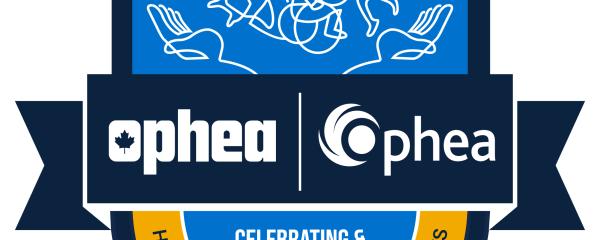The activities included in this resource may be used in or adapted to a variety of learning settings, such as learning at school (face-to-face learning), learning at home, synchronously or asynchronously (online learning), or a combination of face-to-face and online learning (blended learning).
Educators can foster students’ development of food and media literacy skills for making and promoting healthier eating choices and their advocacy for greater availability for healthier options whether learning at school, learning at home, or through a combination of face-to-face and online learning:
- Educators can facilitate discussions and small-group collaboration, synchronous or asynchronous learning, using school board-supported technology.
- Students can use available technology to collaboratively investigate food advertising and food marketing techniques and the influence of media.
- Students can consider essential questions like the following:
- “How do I share this information with others?”
- “How can I engage others in conversation about food marketing to help them be more informed and make healthier choices?”
- “How do I advocate for greater accessibility to healthier food options in my school and community and promote healthier food choices for myself and others?”
The following are examples of ways to adapt learning to a variety of settings:
- Have students use what they have learned about nutrition and nutritional labelling in class to understand and manage their food choices in a variety of settings and set healthy eating goals for themselves. Note: Focus on the nutritional value and food that might be selected more often as a snack. Avoid classifying food choices as “good,” “bad,” “healthy,” or “unhealthy.”
- Have students identify media messages related to food and beverages they are often exposed to while learning and communicating with others online. Have students reflect on how much these messages influence their eating decisions. Have them then generate a list of convenient healthier eating options, considering the factors they can control while managing the demands of online learning.
- Have students use a shared platform and work collaboratively to create media products that communicate their ideas about food marketing to a chosen audience. Have students also work collaboratively to create media messages that promote strategies for responding effectively to food advertising and food marketing claims.
- Have students gather data about food packaging they are exposed to at home, while online, or in the community. For example, they might survey colours used on packaging, food claims made, and characters that appear on food products or celebrity endorsements. Have students share the data collected, identify patterns and trends, and analyze the overt and implied messages for accuracy, credibility, and influence. Have students then work collaboratively, either face-to-face or online, to create packaging for a food product of their choosing that is accurate and credible and would also have a positive influence on their target audience.
Key Terms
Asynchronous learning: Online learning in which students are engaged in learning without real-time interaction and within a flexible time frame
Blended learning: Online learning combined with face-to- face learning in a traditional classroom setting with the educator and other students present
Face-to-face learning: Learning in a traditional classroom setting with the educator and other students present
Hybrid Learning: An educational model where some students attend class in-person, while others join the class virtually from home. Educators teach remote and in-person students at the same time using tools like video conferencing.
Online learning: Any learning that takes place remotely and not in a traditional classroom setting
Synchronous learning: Online learning in which students are engaged in learning in real time, either in small groups or as a whole class




